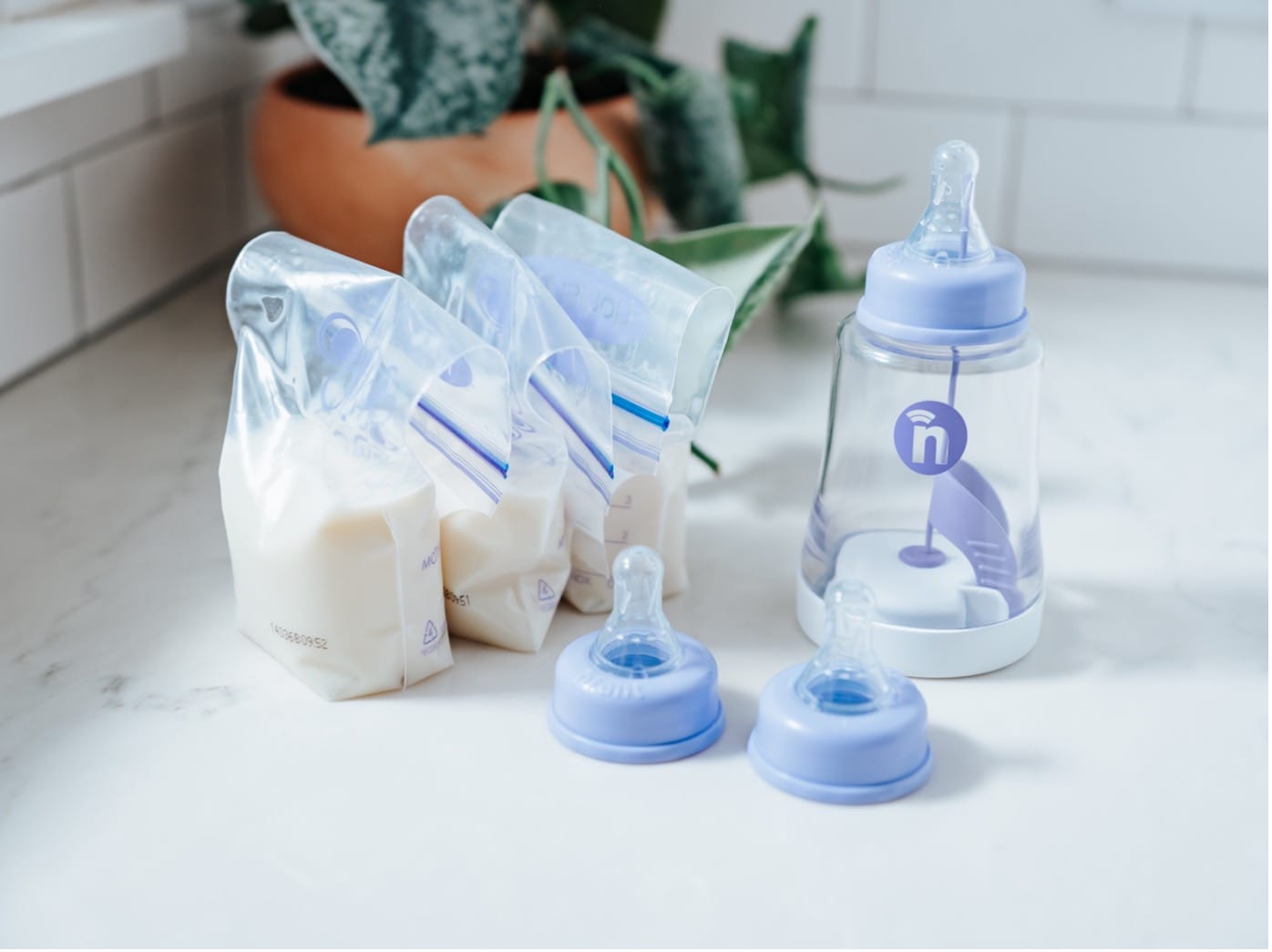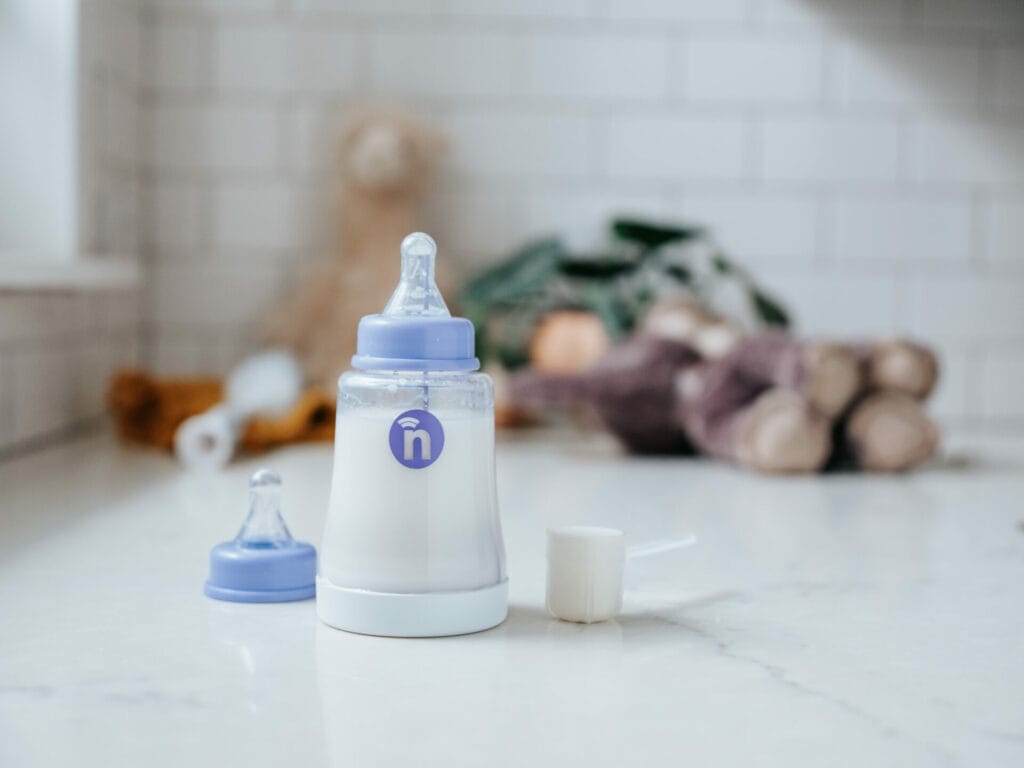Tips for maintaining breast milk supply with combination feeding
Last updated on November 5, 2022


There is no “right” way to feed a baby. Some mothers may choose to exclusively breast feed, and there are many reasons why other moms may choose to use a bottle, either with pumped milk or formula. Yet another large group of parents falls somewhere along this spectrum and opts for a combination of both methods.
In fact, one out of three breastfeeding moms in the U.S. chooses to supplement breast milk with formula, according a study by the Centers for Disease Control. This method is known as combination feeding and is sometimes referred to as mixed feeding.
There are many reasons why parents may adopt this feeding method:
- Baby needs extra nutrition: Infants born prematurely, at a low birth or those who struggle to feed or gain weight may benefit from supplementation with formula.
- Low breastmilk supply: Moms may struggle to achieve or maintain adequate milk supply, sometimes due to medical reasons, such as certain hormone or endocrine conditions.
- Struggles with breastfeeding: Breastfeeding is not easy and may not be the best feeding method for all moms and babies, whether due to latching problems, physical challenges like inverted or flat nipples or conditions such as blocked ducts or breast infections
- Medications: Some moms may need to take or resume certain medications after childbirth that are not safe for baby.
- Returning to work: Some mothers may opt for combination feeding to allow more flexibility when they return to work or as they prepare for this transition.
- Personal preference: Moms may simply choose combination feeding simply because it supports their lifestyle, family structure or personal need for more flexibility.
How to maintain breast milk supply with combination feeding
There is some strategy to successfully implementing a combination feeding approach. Physically feeding your baby at the breast is what signals your body to make more milk. So, if you reduce your total number of daily breastfeeding sessions, your body will make less milk and your supply will decrease over time.
Here are some strategies to help maintain your supply:
Establish your breast milk supply first: Unless a medical professional advises otherwise, it’s a good idea to wait 4-6 weeks after birth to begin a combination feeding program to establish your own breast milk supply. Regular breastfeeding (approximately 8-12 times a day) is the best way to ensure a healthy milk supply after birth.
Begin gradually: Start by replacing one breastfeeding session a day with a bottle, and then increasing over time. This conservative approach allows both your baby and breasts time to adjust. This time allows you space to observe your baby’s preferences with the bottle and also helps to prevent painful conditions for you, such as engorgement or mastitis. Read more: When should I introduce a bottle to my breastfed baby?
Pump or express in place of breastfeeding: If you (or your partner, or another caregiver) gives your baby a bottle, plan to pump or hand-express breast milk at the same time. This practice will continue to signal your body to make milk when your baby typically feeds. Review the best practices for safely storing pumped breast milk: How to store breast milk.
Incorporate bottle feeding at night: Some parents adopt combination feeding to share the burden from nighttime feedings, so the wakeups (and resulting sleep deprivation) don’t fall on one parent. A breastfeeding mom’s levels of prolactin – the hormone that stimulates milk production – are highest at night, which explains why you often wake up with very full breasts. If you skip a nighttime breastfeeding session, you may follow your first morning breastfeed with pumping to fully empty your breasts.
In conclusion, maintaining breast milk supply while practicing combination feeding requires careful planning and consideration. By following these strategies and seeking support from healthcare professionals, parents can successfully navigate combination feeding while maintaining a healthy milk supply.


Reviewed by Dr. Gilson Capilouto & Dr. Jessie Zak
Next Article

